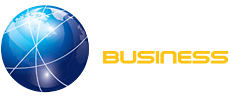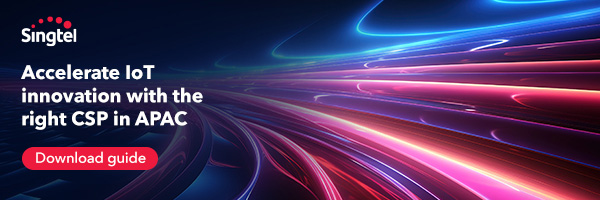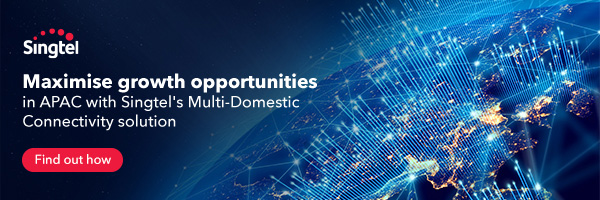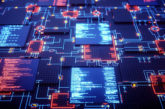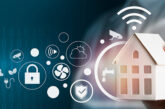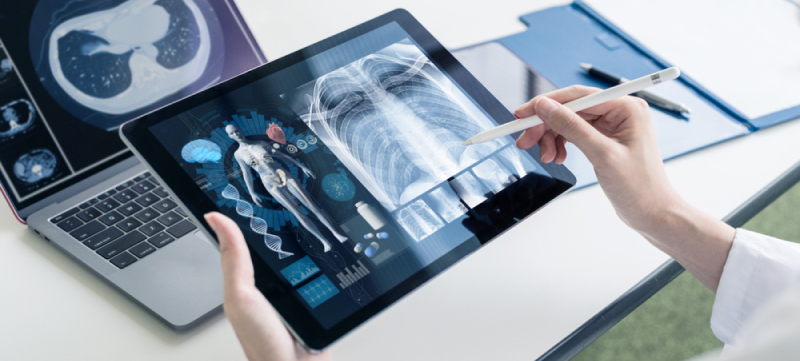
The healthcare industry is undergoing a profound transformation, thanks to the Internet of Things (IoT). The integration of IoT technology into healthcare systems is revolutionizing patient care, treatment processes, and medical research. In this article, we’ll explore how IoT is making its mark on the healthcare sector, its key applications, benefits, and the implications for the future of healthcare.
IoT in Healthcare: A Game Changer
The Internet of Things (IoT) refers to the network of interconnected physical devices, vehicles, buildings, and other objects embedded with sensors, software, and network connectivity that allows them to collect and exchange data. In healthcare, IoT is enabling the collection and analysis of vast amounts of patient data, promoting remote monitoring, and enhancing the efficiency of medical facilities.
Key Applications of IoT in Healthcare
1. Remote Patient Monitoring
IoT has enabled healthcare providers to remotely monitor patients with chronic conditions. Wearable devices, such as smartwatches and sensors, collect real-time data on vital signs, activity levels, and other health parameters. This data is transmitted to healthcare providers who can intervene when necessary, offering timely care and preventing hospital readmissions.
2. Smart Medical Devices
IoT is giving rise to a new generation of smart medical devices. From connected inhalers that monitor medication usage to intelligent pill dispensers that send medication adherence reminders, these devices help patients manage their health more effectively and enable healthcare providers to track patient compliance.
3. Telemedicine
Telemedicine, or remote medical consultations, has seen tremendous growth with the help of IoT. Video conferencing and remote monitoring tools allow patients to consult with healthcare professionals from the comfort of their homes. This approach not only increases access to care but also reduces the burden on healthcare facilities.
4. Asset and Inventory Management
IoT is improving the management of medical equipment and supplies. Sensors can track the location and status of medical devices, ensuring their availability when needed. This results in cost savings and reduces the risk of delays in patient care.
5. Clinical Workflow Optimization
IoT can optimize clinical workflows by connecting various systems and devices. For example, electronic health records (EHRs) can be seamlessly integrated with diagnostic equipment, automating data transfer and reducing the risk of errors.
6. Hospital and Home Automation
IoT extends to the management of hospital infrastructure and home care. Smart building systems can control lighting, heating, and cooling, ensuring a comfortable environment for patients. Similarly, home automation systems can be integrated with healthcare devices to support independent living for elderly or disabled individuals.
7. Drug Management and Compliance
IoT is used to monitor drug storage conditions, ensuring that medications remain effective and safe. It can also help patients adhere to their medication regimens by sending reminders and tracking consumption.
Benefits of IoT in Healthcare
The integration of IoT in healthcare offers numerous advantages:
1. Improved Patient Outcomes
Remote monitoring and real-time data analysis enable healthcare providers to intervene promptly when health parameters deviate from normal ranges. This leads to improved patient outcomes, reduced hospital readmissions, and better management of chronic conditions.
2. Enhanced Efficiency
IoT streamlines healthcare workflows by automating various processes, such as patient data entry and medical equipment tracking. This reduces administrative burden, frees up staff time, and reduces errors.
3. Cost Savings
Efficiency gains and improved patient outcomes often translate into cost savings for healthcare facilities and patients. Preventing hospital readmissions and complications reduces the overall cost of care.
4. Increased Accessibility
Telemedicine and remote monitoring extend healthcare access to underserved or remote areas. Patients can consult with specialists without the need for long-distance travel, making healthcare more accessible.
5. Personalized Treatment
IoT allows for personalized treatment plans by continuously monitoring a patient’s condition and adjusting treatment regimens accordingly. This personalized approach often leads to more effective treatment and improved patient satisfaction.
Challenges and Considerations
While IoT in healthcare offers significant benefits, it also poses challenges and considerations:
1. Data Security and Privacy
Healthcare data is sensitive and subject to strict privacy regulations. The secure storage and transmission of patient data is of utmost importance to maintain patient trust and regulatory compliance.
2. Interoperability
IoT devices and systems must be compatible and interoperable to ensure seamless data exchange and integration. This requires the development and adoption of common standards.
3. Regulatory Compliance
The healthcare industry is heavily regulated, and IoT solutions must adhere to these regulations. Compliance with standards such as the Health Insurance Portability and Accountability Act (HIPAA) is crucial.
4. Data Overload
The continuous collection of patient data can result in information overload. Healthcare providers need effective tools for data management and interpretation to extract valuable insights.
5. Resistance to Change
The adoption of IoT in healthcare requires a cultural shift and staff training. Resistance to change can be a barrier to successful implementation.
The Future of IoT in Healthcare
As technology continues to advance, the future of IoT in healthcare looks promising. Here are some trends and developments to watch for:
1. Artificial Intelligence (AI) Integration
IoT and AI will work hand in hand to analyze vast amounts of patient data and offer insights for diagnosis, treatment, and predictive healthcare.
2. Wearable Health Tech
Wearable devices will continue to evolve, becoming more sophisticated and integrated into daily life. They will offer not only health monitoring but also wellness and lifestyle recommendations.
3. 5G Connectivity
The rollout of 5G networks will provide faster and more reliable connectivity for IoT devices, enabling real-time data transmission and analysis.
4. Blockchain Technology
Blockchain can be used to enhance the security and integrity of healthcare data, ensuring that patient records remain accurate and private.
5. Telehealth Expansion
The growth of telehealth and remote monitoring will continue, extending healthcare access and reducing the need for in-person visits.
Conclusion
IoT is reshaping the healthcare industry, making it more patient-centric, efficient, and accessible. The integration of IoT devices and systems allows for real-time patient monitoring, personalized treatment plans, and enhanced efficiency in healthcare facilities.
Challenges related to data security, interoperability, and regulatory compliance must be addressed to ensure the benefits of IoT in healthcare are fully realized. As IoT technology continues to advance, it will remain a driving force in transforming healthcare, offering a glimpse into a future where healthcare is not just about treating illness but also about preventing it and promoting overall well-being.
